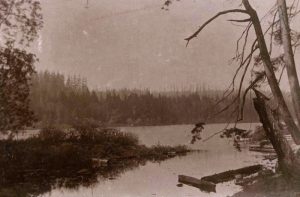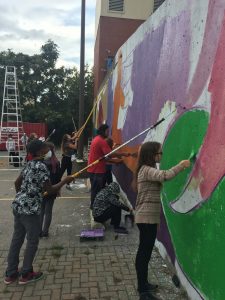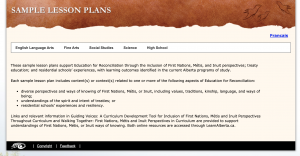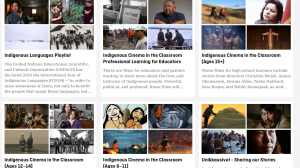
Project of Heart is an artistic inquiry into the history of Indigenous people in Canada and the legacies of the Indian Residential Schools (IRS). Though open to all Canadians, it is geared towards schools and students. The website is organized by Province to help provide local context and resources.
The project’s framework includes 6 steps:
- Investigate the History and Legacy of Residential Schools in Canada
- Look closer at a specific IRS in your local area, including whose territory it is located on and the children taken to the school
- Create a gesture of Reconciliation
- Survivor Visit
- Social Justice Action
- Finishing Up Project of the Heart
For Step 3, the website gives several suggestions for projects, from their traditional commemorative wooden tiles to crafting feather wreaths or writing a song. The provincial pages also provide blog-rolls with examples from schools. An approach that I think would be interesting is a collaborative mosaic. Ideally, this would be done in collaboration with a local Indigenous artist who would create the overall design and perhaps teach the students some art lessons. For examples of Collaborative Mosaics, check out Jen Jolliff‘s school ones, and the Global Roots Project.






